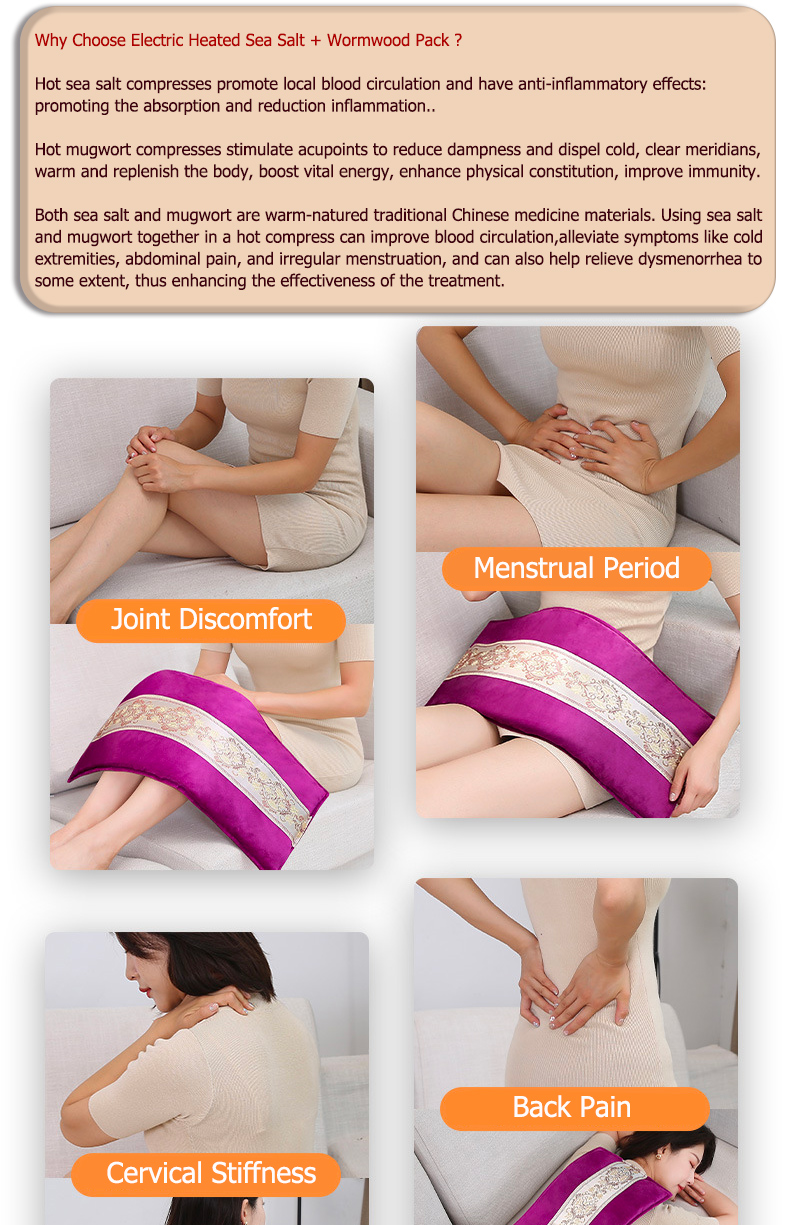Dec . 04, 2024 18:22 Back to list
heating pad for shoulder tendonitis
Heating Pads for Shoulder Tendonitis A Soothing Solution
Shoulder tendonitis, a condition characterized by inflammation of the tendons in the shoulder, can cause significant discomfort and hinder daily activities. This ailment commonly affects athletes, older adults, and individuals engaged in repetitive overhead movements. While rest and physical therapy are critical components of treatment, complementary approaches such as the use of heating pads can be incredibly beneficial in managing pain and promoting healing.
Understanding Shoulder Tendonitis
Shoulder tendonitis usually occurs due to overuse or injury, leading to inflammation of the rotator cuff tendons. Symptoms typically include pain and stiffness in the shoulder, particularly during movement, and tenderness upon palpation. For those suffering from this condition, finding relief is paramount, and heating pads can play a vital role in alleviating discomfort.
How Heating Pads Help
Heating pads are an effective method to ease the symptoms of shoulder tendonitis for several reasons
1. Increased Blood Flow The application of heat to the affected area increases blood circulation. Enhanced blood flow delivers essential nutrients and oxygen to the tissues, promoting healing and alleviating stiffness.
2. Muscle Relaxation Heat helps to relax tense muscles surrounding the shoulder joint. This relaxation can lead to reduced pain and a greater range of motion, allowing individuals to gradually return to their normal activities.
3. Pain Relief The soothing warmth from a heating pad can help distract the brain from pain signals. This analgesic effect can provide quick relief, making it easier for individuals to manage their symptoms throughout the day.
4. Preparation for Exercise For individuals undergoing physical therapy or engaging in rehabilitation exercises, using a heating pad before workouts can warm up the muscles and joints. This preparation can make exercises more effective and comfortable.
heating pad for shoulder tendonitis

Guidelines for Using Heating Pads
While heating pads can provide comfort and relief, it is essential to use them correctly to avoid potential risks. Here are some guidelines
- Choose the Right Temperature Opt for a medium heat setting to prevent burns or overheating. The ideal temperature should feel warm but not uncomfortable.
- Limit Application Time Apply the heating pad for 15 to 20 minutes at a time. Allow your skin to cool down to prevent irritation or heat sensitivity.
- Protect Your Skin Always place a thin cloth between the heating pad and your skin to prevent burns.
- Timing Heating pads can be used several times a day but should be avoided immediately after any acute injuries. In such cases, ice therapy is often recommended.
- Consult a Healthcare Provider Before starting any home treatment, it is always wise to consult a healthcare professional, especially if you have underlying health conditions or if your symptoms persist.
Conclusion
Shoulder tendonitis can be a challenging condition to manage, but integrating the use of heating pads into a comprehensive treatment plan can provide significant relief. By increasing blood flow, promoting muscle relaxation, and providing pain relief, heating pads offer a non-invasive, effective way to manage symptoms. Coupled with physical therapy and rest, they can help individuals reclaim their mobility and return to their daily activities with greater ease. Remember, always consult with a healthcare provider to create a personalized treatment plan tailored to your specific needs and condition.
-
High Quality Serum Separator Tubes for Precise Blood Sample Processing
NewsJul.30,2025 -
High-Quality Sodium Heparin Blood Collection Tubes for Accurate Results
NewsJul.30,2025 -
High-Quality Lithium Heparin Tube for Accurate Blood Collection
NewsJul.29,2025 -
High-Quality Sodium Heparin Blood Collection Tubes for Accurate Results
NewsJul.29,2025 -
Best Hot Heating Pad – Fast Relief, Soft & Versatile Options
NewsJul.29,2025 -
USB Heating Pad – Portable & Safe Warmth Anywhere Anytime
NewsJul.28,2025














